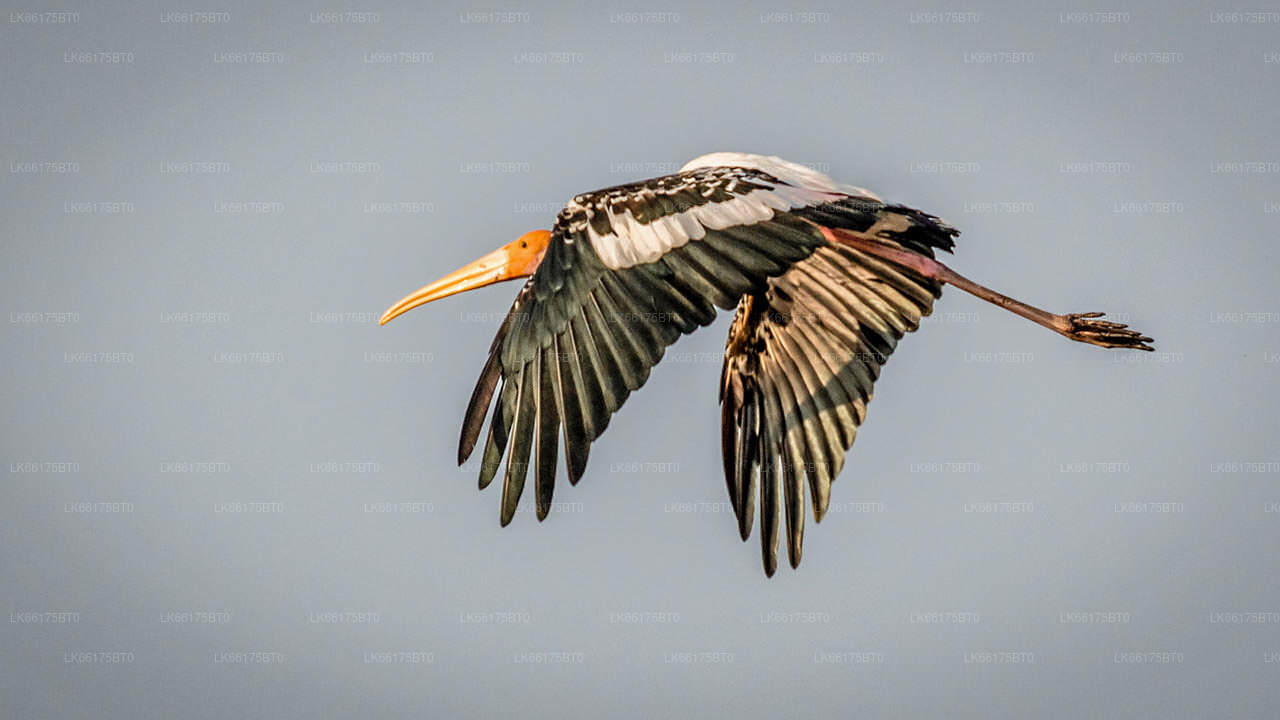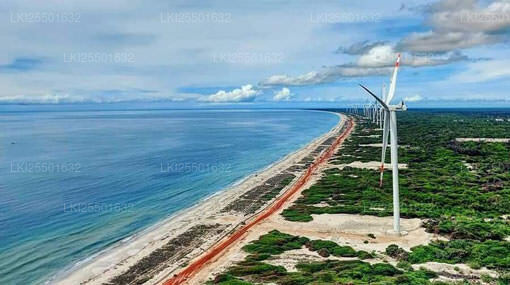
Mannar City
Mannar is the main town of Mannar District, Northern Province, Sri Lanka. It is governed by an Urban Council. The town is located on Mannar Island overlooking the Gulf of Mannar and is home to the historic Ketheeswaram temple.
Bahnhof Thalaimannar
Der Bahnhof Thalaimannar ist der nördlichste Bahnhof Sri Lankas und markiert das Ende der Mannar-Linie, die vom Colombo Fort ausgeht. Der Bahnhof an der Westküste der Insel Mannar ist von großer historischer und strategischer Bedeutung. Einst diente er als wichtiger Transitpunkt für Reisende zwischen Sri Lanka und Indien, da er Teil der Eisenbahn-Fährverbindung zwischen Thalaimannar und Rameswaram war.
Die Eisenbahnlinie nach Thalaimannar wurde 1914 gebaut und spielte jahrzehntelang eine wichtige Rolle für den Reise- und Handelsverkehr zwischen den beiden Ländern. Der berühmte Boat Mail-Dienst ermöglichte es Passagieren, mit einer Kombination aus Zug und Fähre von Chennai (damals Madras) nach Colombo zu reisen, was diese Route sowohl für Einheimische als auch für internationale Reisende zu einer wichtigen Route machte. Aufgrund des Bürgerkriegs in Sri Lanka wurde der Zugverkehr über Medawachchiya hinaus jedoch 1983 eingestellt, und die Eisenbahninfrastruktur erlitt erhebliche Schäden.
Nach Jahren der Inaktivität wurde die Mannar-Linie rekonstruiert und der Zugverkehr nach Thalaimannar 2015 vollständig wiederhergestellt. Heute ist der Bahnhof in Betrieb und bedient hauptsächlich lokale Passagiere zwischen Mannar und Colombo. Obwohl der Fährverkehr nach Indien eingestellt wurde, erinnert der Bahnhof an seine frühere Bedeutung. Angesichts des zunehmenden Interesses am Tourismus in der nördlichen Region dient der Bahnhof Thalaimannar nun als Ausgangspunkt für Besucher, die die Insel Mannar, die Adamsbrücke (Rama Setu) und andere kulturelle und historische Stätten in der Region erkunden möchten.
About Mannar District
Mannar is the capital of Mannar District, Sri Lanka. Mannar District is located in northwestern Sri Lanka. It is one of five administrative districts of the Northern Province. The district covers 2,002 sq. km, approximately 3% of the total land area of Sri Lanka. Geographically the bulk of Mannar is on the mainland within the arid and dry zone. High temperatures and low rainfall characterize the climate. The monthly temperatures range between 26.5°C and 30.0°C with highs normally recorded between May and August. Mannar receives nearly 60% of its rainfall during the northeast monsoon, which lasts from October through December. The land area is relatively flat and sits at low elevations. Towards the interior the terrain is gently undulating, favoring the storage of rainwater in tanks that provide the majority of the irrigation for the district's arable land. The primary economic activities in Mannar are crop cultivation (mainly paddy), fisheries and animal husbandry. Employment opportunities in the district are highly seasonal, and there are no institutional facilities for tertiary education.
About Northern Province
The Northern Province is one of the 9 provinces of Sri Lanka. The provinces have existed since the 19th century but they didn't have any legal status until 1987 when the 13th Amendment to the 1978 Constitution of Sri Lanka established provincial councils. Between 1988 and 2006 the province was temporarily merged with the Eastern Province to form the North-East Province. The capital of the province is Jaffna.
Northern Province is located in the north of Sri Lanka and is just 22 miles (35 km) from India. The province is surrounded by the Gulf of Mannar and Palk Bay to the west, Palk Strait to the north, the Bay of Bengal to the east, and the Eastern, North Central and North Western provinces to the south. The province has a number of lagoons, the largest being Jaffna Lagoon, Nanthi Kadal, Chundikkulam Lagoon, Vadamarachchi Lagoon, Uppu Aru Lagoon, Kokkilai lagoon, Nai Aru Lagoon, and Chalai Lagoon.Most of the islands around Sri Lanka are to be found to the west of the Northern Province. The largest islands are Kayts, Neduntivu, Karaitivu, Pungudutivu, and Mandativu.
The Northern Province's population was 1,311,776 in 2007. The majority of the populations are Sri Lankan Tamils, with a minority Sri Lankan Moor and Sinhalese population. Sri Lankan Tamil is the major language spoken in the province by the vast majority of the population. The other language spoken is Sinhala by 1 percent of the population. English is widely spoken and understood in the cities.
【Text by Lakpura™. Images by Google, copyright(s) reserved by original authors.】














